The Day Nepal Burned a catalogue of the buildings torched during the Gen-Z protests
In early September 2025 a youth-led uprising over alleged corruption, nepotism and a short-lived social-media ban swept Nepal. Peaceful demonstrations escalated into nationwide unrest. Thousands of protesters breached secured compounds; dozens of buildings government, party, commercial and civic were ransacked and set on fire. What follows is a concise, sourced catalogue of the main buildings and facilities that were reported torched or heavily damaged during the violence.
When: the worst clashes and arson occurred between 8–11 September 2025.
Why it matters: several of the damaged sites are national institutions (administration, judiciary, parliament) the attacks represent both deep public anger and major damage to state capacity. AP News+1
Major government and constitutional buildings
- Singha Durbar (administrative headquarters) — Parts of the historic Singha Durbar compound were set ablaze. The building houses central ministries and symbolises the state machinery; its damage was one of the most visible signs of the uprising. Wikipedia+1
- Federal Parliament Building — Protesters breached and torched sections of the parliament complex; several committee rooms and offices were burned and vandalised. The attack on the legislature signalled a direct assault on representative institutions. Wikipedia+1
- Supreme Court (adjacent building) — Reports indicate fire and heavy vandalism affected the Supreme Court’s adjacent premises in the Singha Durbar area. Damage to judicial infrastructure raised immediate concerns about rule-of-law continuity. Wikipedia
- President’s residence (Sital Niwas) and Prime Minister’s residence (Baluwatar) — Both high-profile residences were reported attacked or damaged during the unrest as protesters targeted symbols of political power. Wikipedia
Political party headquarters and leaders’ properties
- UML (Khadga Prasad Oli’s party) headquarters — The party office was ransacked and flags burned amid anger directed at the ruling elite.
- Nepali Congress / other party offices and homes — Several party offices and the private residences of high-profile politicians were vandalised or set on fire in multiple districts. Wikipedia+1
National and local government offices, ministries and public services
- Ministry of Health building (Ramshahpath) — Reported torched; this building is notable both for its design and its public-service role.
- Ministry and departmental offices (Road Department, district offices, district courts) — Multiple administrative offices across Kathmandu and other districts were damaged or burned, disrupting services. Wikipedia+1
Prisons, jail breaks and correctional facilities
- Nakhu Jail (Kathmandu) — The jail was attacked, later set on fire, and many inmates fled; there were reports of high-profile prisoners escaping during the chaos.
- Kaski Prison, Kailali and other jails — Several prisons were set alight or attacked, causing mass escapes (Kaski was reported to have hundreds of inmates escape after fire). These incidents created additional public-safety challenges. Wikipedia+1
Commercial, media and transport infrastructure
- Kantipur (media house) — Offices and servers of major media organisations were damaged or set on fire, disrupting news operations.
- Luxury hotels and private properties (including the new Hilton) — Protesters attacked and torched several luxury hotels and residences tied to perceived elite privilege. Reuters+1
- Chandragiri cable-car lower station, CG Electronics Digital Park and other commercial facilities — Reports list cable-car infrastructure and digital-park premises among the damaged sites. Wikipedia
Police stations and security installations
- Balambu and Thankot police stations (and other local stations) — Police outposts and stations were set on fire or heavily attacked in various locations, complicating law-and-order responses. Wikipedia
Regional incidents (outside Kathmandu)
- Province capitals and district centres — Biratnagar, Hetauda, Chitwan, Rupandehi, Banke, Karnali province and others reported burning of district courts, chief-minister residences, local government offices and private homes of politicians. The unrest spread well beyond the capital. Wikipedia+1
Human and institutional cost (brief)
The arson and attacks coincided with deadly clashes that left dozens dead and hundreds injured, while the damage to institutions from courts to health ministries to prisons has both immediate humanitarian consequences and long-term governance costs. Rebuilding will require time, money and political will; restoring public trust will be the greater challenge. AP News+1
Final note
This catalogue draws on multiple contemporaneous news reports and photographic coverage. Reporting from conflict scenes can be chaotic; details (exact extent of damage, which rooms or wings burned, and casualty counts) were still being confirmed at the time of reporting. For on-the-ground verification, consult local news outlets and official statements as reconstruction and investigations proceed. Al Jazeera+1
Share this content:
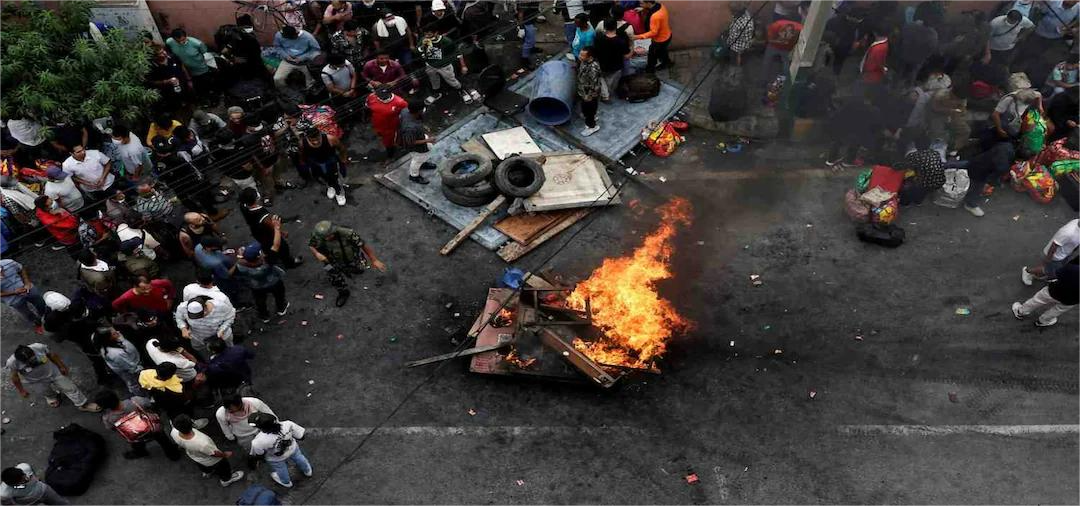

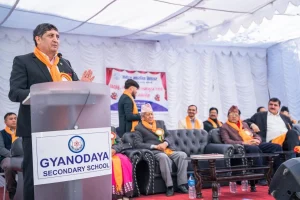


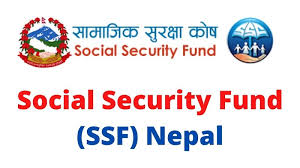
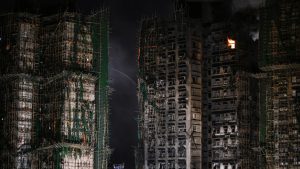

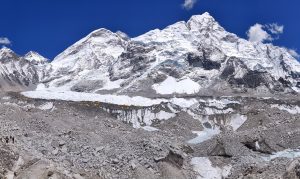


Post Comment